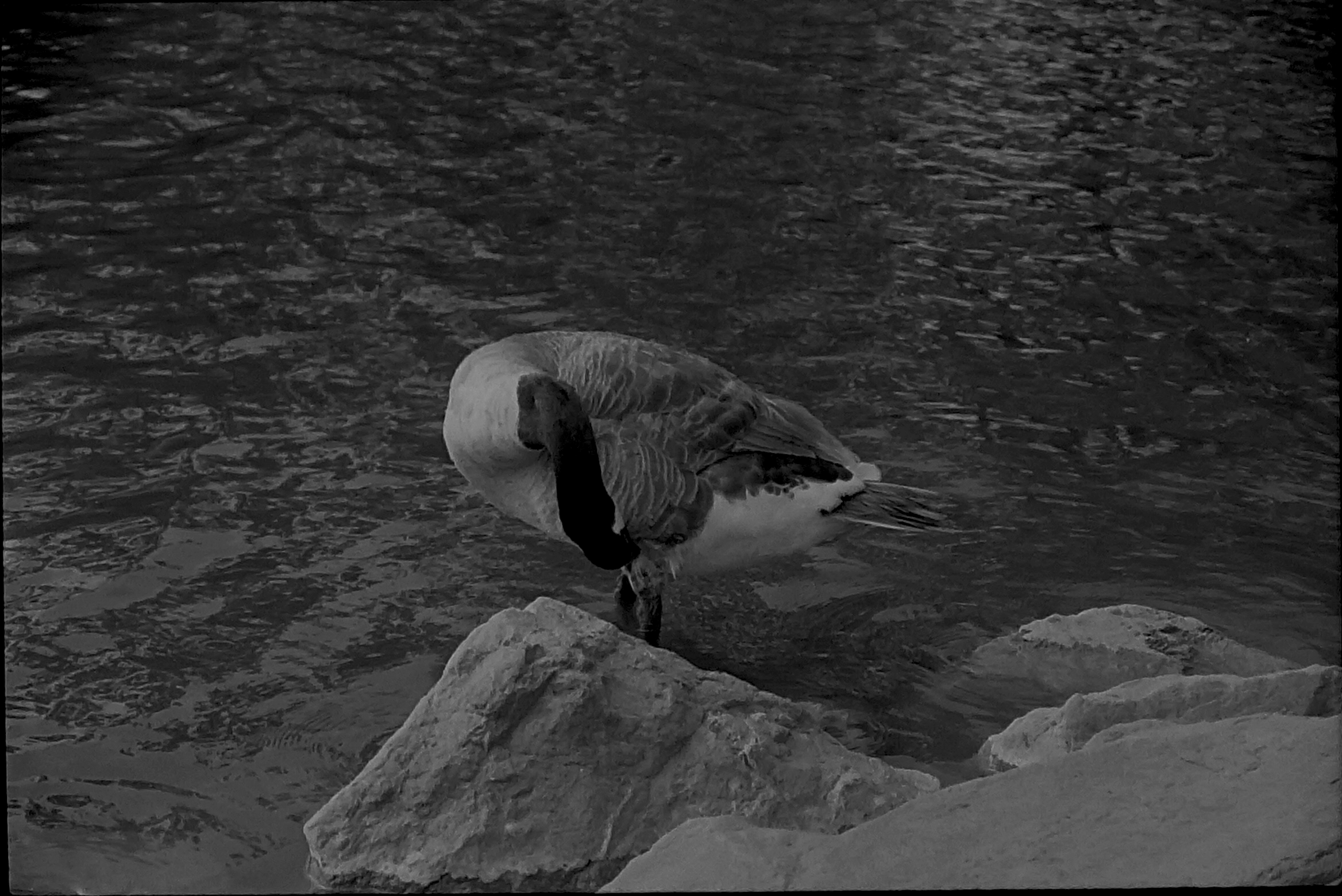Just a reminder that this man right here did absolutely nothing wrong
Slave owners in hell be like
Y'all sure we hung John? I don't see him down here
John Brown is proof that there was, at one point, at least one good American.
factually incorrect.
he died before he could kill all the slaveowners, and that was wrong.
Two of his sons have wiki pages worth perusing
https://en.wikipedia.org/wiki/Owen_Brown_(abolitionist,_born_1824)
Owen Brown (November 4, 1824, Hudson, Ohio – January 8, 1889, Pasadena, California) was the third son of abolitionist John Brown. Owen fought with his father in Kansas and participated in John Brown's raid on Harpers Ferry in 1859, escaping capture,[1] and then later served as an officer in the Union Army in the American Civil War.
The entire town attended his funeral when he died. Now some housing developer fucked with his grave site and tries to prevent public access.
https://www.pasadenastarnews.com/2019/01/14/abolitionist-owen-browns-altadena-grave-to-be-preserved-in-compromise-with-la-vina-developer/
https://en.wikipedia.org/wiki/John_Brown_Junior
Civil War and Jennison's Jayhawkers
In July 1861, Brown decided to recruit a company of soldiers that would travel to Kansas and enlist with Kansas volunteer forces then operating in Missouri under the auspices of Kansas Senator James H. Lane. His intention was to enlist "abolitionists of the intense sort"[10] and muster them under Colonel James Montgomery, one of Lane's three Lieutenants.[11] John Brown's "Sharpshooters" garnered significant press attention as they traveled from Ohio to Kansas.[12][13] However, on its arrival, the company had only signed 66 men. On November 9, 1861, while Brown was still recruiting in Michigan, the company elected to join Colonel Charles R. Jennison's First Kansas Cavalry, later designated the Kansas Seventh Volunteer Cavalry, and known in Missouri as Jennison's Jayhawkers.[11] Upon his own arrival in December, Brown was mustered in as the captain of Company K of the Kansas Seventh. Brown served as captain of the company until May 1862, when he resigned because of his rheumatoid arthritis.[10] He was succeeded as captain of the company by his second lieutenant, George H. Hoyt, who had been one of his father's lawyers following the Harpers Ferry attack.[10]
Following his resignation, Brown purchased 10 acres on the south shore of South Bass Island at Put-in-Bay, Ohio,[14] becoming a socialist later in life[15]. He remained there until his death on May 3, 1895.[16]
Chapo is basically dead right now outside of some much needed idpol stuff. (class reductionism is a 100% a thing don't @ me) We should talk about John Brown saying we should drape ourselves in American parapheniala and patriotic aesthetics, it makes sense to a degree but people have moved beyond token ass kissing for obvious reasosn
Both John Brown and Stalin are canceled for marrying 14 yr olds.
resist. urge. to . problematicize. modern age of consent laws. must not can not will not look into cancelling Aladdin not even going to research this further, let's hang the fucker and go back to watch youtube clips, comrade
We don't do what I believe is called dialectical materialism here. And what I mean by that is there is no difference between marrying a 14 year old in 1850 and 1930 and 2020.
It was probably ok in europe at that time because people died of dysentery at 27, but in Agribah they had cutting edge don't shit in the river technology.
Lost in wine, I did not notice dusk descendingPetals dropped and piled up on my robeDrunk, I rise and walk the moonlit valleyThe birds have gone, and people too are few.Until the sixteenth century, nearly all poetry written in Japanese took the thirty-one syllable tanka form. The development from tanka to the more well-known haiku can be understood in connection with the renga, "linked poem," which provides a kind of historical tie between the tanka and haiku structures.
Toward the end of the Heian period, there had been a tendency among tanka poets to divide their poems into two units with syllabic counts of 5-7-5 (three lines) and 7-7 (two lines), each unit containing a poetic image of its own.
During the fourteenth century, the renga developed alongside the tanka. Two or more poets would take part in writing renga, composing, in turns, verses of seventeen (5-7-5) and fourteen (7-7) syllables. Each such verse is linked to the preceding and following verses in accordance with strict conventions by means of images, associations, or plays on words. The results of these gatherings are "chain poems”, sometimes scores of verses long -- collective creations that changed the writing of poetry from an art with social functions to a genuinely social pastime.
Before long, two styles of poetry arose in the renga tradition, each differing in the class and temperament of its participants. One style tended toward rigid, formal rules, serious subject matter, and refined language, in the traditional manner of court poetry. The other, which prevailed increasingly during the sixteenth century, was formally less rigorous and more popular in tone. Poets writing haikai no renga, the latter style, made use of images drawn from everyday life, expressed simply and often humorously.
This was the style adopted by Matsuo Basho (1644-1694), one of the greatest of haiku poets. He and his pupils often chose to compose only the opening passage of a renga, the hokku, "opening phrase," as a verse in itself, forgoing the rest of the chain. In this manner the opening unit of seventeen syllables in three lines came to be considered a poem in its own right, and more and more poets began to test their talents with it rather than with the tanka. This shortened style was at times called haikai and later received the name it holds today - haiku.


